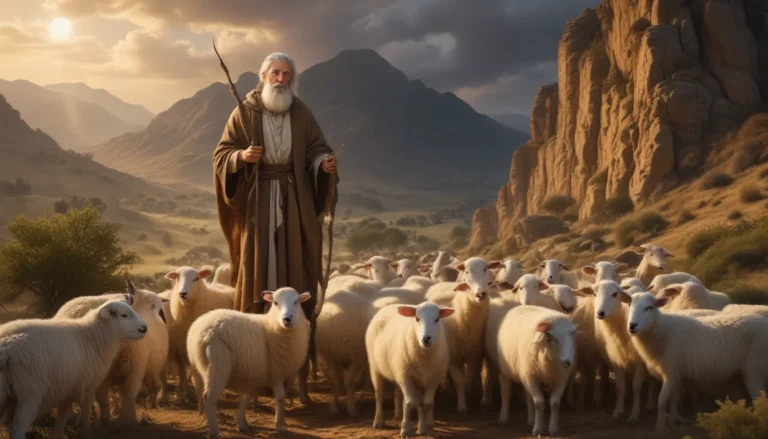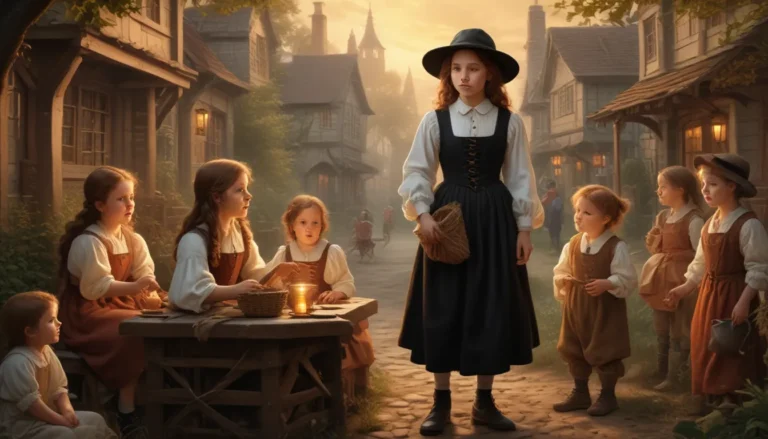The images in our articles may not match the content exactly. They are used to grab your attention, not to show the exact details in the text. The images complement the text but do not replace it.
Lord Ganesh, also known as Ganesha or Ganapati, stands as one of the most revered and beloved deities in Hinduism. With his elephant head and multifaceted symbolism, he captures the hearts of millions of devotees worldwide. In this article, we will embark on an enlightening journey to uncover 11 fascinating facts about Lord Ganesh, shedding light on his significance, legends, and enduring influence in religious and cultural contexts. From his role as the remover of obstacles to the symbolism behind his favorite sweet, modak, we will delve into the enchanting world of Lord Ganesh, exploring the timeless allure and profound teachings associated with this beloved deity.
Celebrating Ganesh Chaturthi: Honoring the Birth of Lord Ganesh
Ganesh Chaturthi, also known as Vinayaka Chaturthi, is a vibrant Hindu festival that commemorates the birth of Lord Ganesh, the elephant-headed deity. Celebrated with great fervor and devotion across India and by Hindu communities worldwide, this auspicious occasion typically falls in the months of August or September and lasts for 10 days. The festivities culminate in the grand immersion of Ganesh idols in water bodies, symbolizing the cycle of creation and dissolution in Hindu cosmology.
Lord Ganesh: The Remover of Obstacles and the God of Beginnings
Lord Ganesh holds a significant place in Hindu mythology as the deity who clears obstacles and brings good fortune. He is worshipped at the start of rituals and ceremonies to seek his blessings for a successful and smooth undertaking. His elephant head symbolizes wisdom, while his large ears signify the importance of listening. Additionally, his broken tusk represents sacrifice and the ability to overcome imperfections.
The Story of Lord Ganesh: Son of Lord Shiva and Goddess Parvati
According to Hindu mythology, Lord Ganesh is the son of Lord Shiva, the god of destruction, and Goddess Parvati, the divine mother. The story of his creation varies across different texts, but a popular version recounts how Parvati created Ganesh from the sandalwood paste she used for bathing, and he was brought to life by her divine powers.
Modak: Lord Ganesh’s Favorite Sweet
Modak, a sweet dumpling filled with jaggery and grated coconut, is considered Lord Ganesh’s favorite delicacy. It is often offered to him during prayers and is an integral part of the prasad (offering) distributed to devotees. The unique shape of the modak symbolizes the divine knowledge that Lord Ganesh imparts.
The Iconography of Lord Ganesh: Four Hands and a Broken Tusk
In artistic representations, Lord Ganesh is depicted with four hands, each holding symbolic objects such as a noose, an elephant goad, and a modak. His broken tusk is a distinguishing feature and is associated with the writing of the great Indian epic, the Mahabharata.
Lord Ganesh’s Vahana: The Mouse
In Hindu iconography, every deity is associated with a vahana, or animal vehicle. Lord Ganesh’s vahana is a mouse, symbolizing his ability to move through the narrowest of passages and his mastery over the ego, essential for spiritual progress.
Craftsmanship of Ganesh Idols: Diverse Sizes and Forms
Artisans skillfully craft Ganesh idols in various sizes and forms, ranging from small clay figurines to towering statues adorned with vibrant colors and intricate decorations. These idols play a central role in the festivities during Ganesh Chaturthi.
The Symbolism of Immersion: Signifying Creation and Dissolution
The immersion of Ganesh idols, known as Visarjan, symbolizes the cycle of creation and dissolution in Hindu cosmology. It marks the temporary descent of the deity into the material world and his eventual return to the divine realm.
Promoting Environmental Awareness: Eco-Friendly Celebrations
In recent years, there has been a growing emphasis on eco-friendly celebrations of Ganesh Chaturthi. Many communities opt for clay idols and natural dyes to minimize the environmental impact of the festival, promoting sustainability and reverence for nature.
Fostering Community Bonding and Unity
Ganesh Chaturthi brings people together in joyous celebration, transcending social barriers and fostering a sense of unity and camaraderie. The collective participation in rituals, cultural events, and processions strengthens the social fabric and promotes harmony within communities.
Conclusion: Embracing the Virtues of Lord Ganesh
In conclusion, Lord Ganesh stands as a revered figure in Hindu mythology, celebrated as the remover of obstacles and the provider of wisdom and prosperity. His stories and symbolism offer valuable lessons and inspiration for people of all backgrounds. By understanding the significance of Lord Ganesh, we can embrace virtues of perseverance, intellect, and compassion in our own lives.
FAQs: Insightful Answers to Common Questions
-
What is the significance of Lord Ganesh in Hinduism?
Lord Ganesh is revered as the remover of obstacles and the god of wisdom and prosperity in Hinduism. His elephant head symbolizes intellect, and his love for sweets signifies the sweetness of life. -
How is Lord Ganesh celebrated in Hindu festivals?
Lord Ganesh is celebrated during the festival of Ganesh Chaturthi, where devotees worship and offer prayers to him, seeking his blessings for prosperity and success. The festival involves elaborate rituals, feasting, and the immersion of Ganesh idols in water bodies.
Lord Ganesh’s wisdom, compassion, and ability to remove obstacles have endeared him to millions around the world. By delving into the intriguing world of this beloved deity and exploring the fascinating stories and symbolism surrounding Lord Ganesh, we can gain a deeper appreciation for his enduring impact on Hindu culture.






